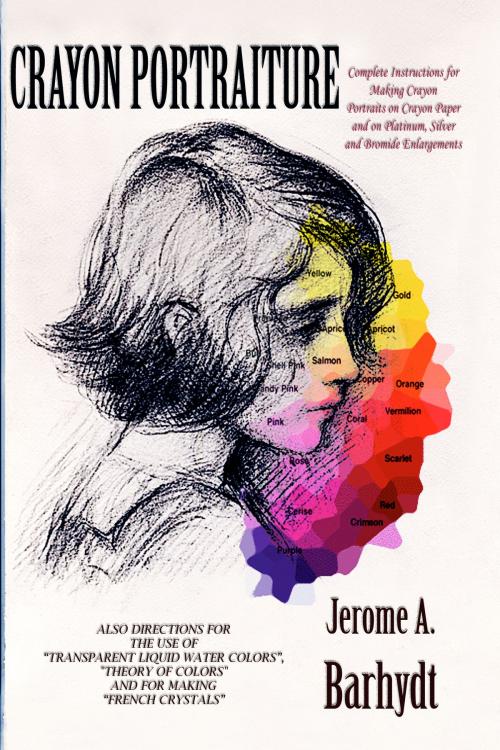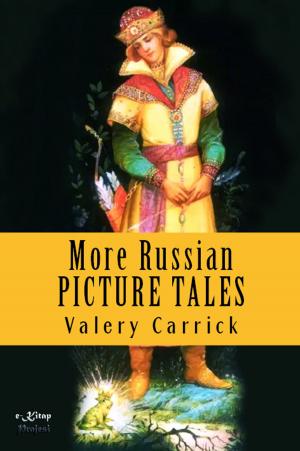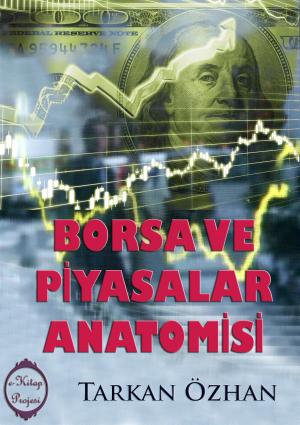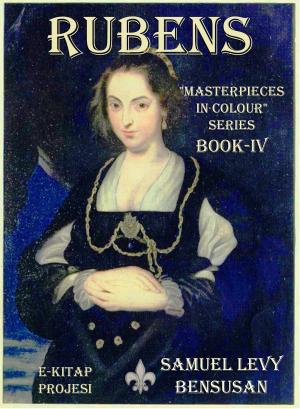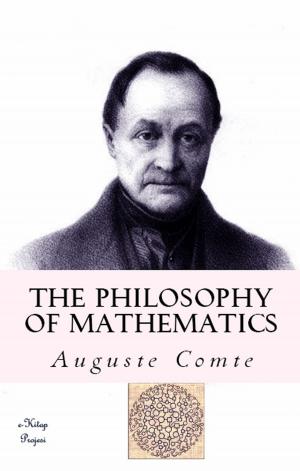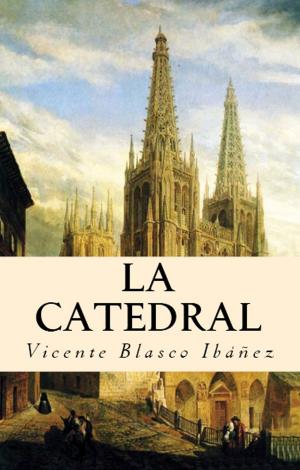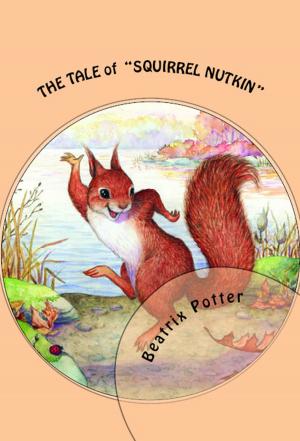| Author: | Jerome A. Barhydt | ISBN: | 9786155529641 |
| Publisher: | eKitap Projesi | Publication: | April 4, 2015 |
| Imprint: | eKitap Projesi | Language: | English |
| Author: | Jerome A. Barhydt |
| ISBN: | 9786155529641 |
| Publisher: | eKitap Projesi |
| Publication: | April 4, 2015 |
| Imprint: | eKitap Projesi |
| Language: | English |
In issuing this second treatise on Crayon Portraiture, Liquid Water Colors and French Crystals, for the use of photographers and amateur artists, I do so with the hope and assurance that all the requirements in the way of instruction for making crayon portraits on photographic enlargements and for finishing photographs in color will be fully met. To these I have added complete instructions for free-hand crayons.
This book embodies the results of a studio experience of twenty-four years spent in practical work, in teaching, and in overcoming the everyday difficulties encountered, not alone in my own work, but in that of my pupils as well. Hence the book has been prepared with special reference to the needs of the student. It presents a brief course of precepts, and requires on the part of the pupil only perseverance in order that he may achieve excellence. The mechanical principles are few, and have been laid down in a few words; and, as nearly all students have felt, in the earlier period of their art work, the necessity of some general rules to guide them in the composition and arrangement of color, I have given, without entering into any profound discussion of the subject, a few of its practical precepts, which, it is hoped, will prove helpful.
While this book does not treat of art in a very broad way, yet I am convinced that those who follow its teachings will, through the work they accomplish, be soon led to a higher appreciation of art. Although this kind of work does not create, yet who will say that it will not have accomplished much if it shall prove to be the first step that shall lead some student to devote his or her life to the sacred calling of art?
It has been said that artists rarely, if ever, write on art, because they have the impression that the public is too ill-informed to understand them—that is, to understand their ordinarily somewhat technical method of expression. If, therefore, in the following pages I may sometimes seem to take more space and time for an explanation than appears necessary, I hope the student will overlook it, as I seek to be thoroughly understood.
My hope with reference to this work is that it may prove of actual value to the earnest student in helping him reach the excellence which is the common aim of all true artists.
** J. A. Barhydt.**
About Author:
To many who know nothing about the art of crayon portraiture, the mastery of it not only seems very difficult, but almost unattainable. In fact, any work of art of whatever description, which in its execution is beyond the knowledge or comprehension of the spectator, is to him a thing of almost supernatural character. Of course, this is more decided when the subject portrayed carries our thoughts beyond the realms of visible things.
But the making of crayon portraits is not within the reach alone of the trained artist who follows it as a profession. I claim that any one who can learn to write can learn to draw, and that any one who can learn to draw can learn to make crayon portraits. Making them over a photograph, that is, an enlargement, is a comparatively simple matter, as it does not require as much knowledge of drawing as do free-hand crayons. But you must not suppose that, because the photographic enlargement gives you the drawing in line and an indistinct impression of the form in light and shade, you are not required to draw at all in making a crayon portrait over such an enlargement. Some knowledge of drawing is necessary, though not a perfect knowledge.
Many people err in supposing that only the exceptionally skilled can produce the human features in life-like form upon the crayon paper. While recognizing great differences in natural aptitude for drawing in different persons, just as those who use the pen differ widely in their skill, some being able to write with almost mechanical perfection of form, I still hold that any one who is able to draw at all can succeed in producing creditable crayons..
J. A. Barhydt.
In issuing this second treatise on Crayon Portraiture, Liquid Water Colors and French Crystals, for the use of photographers and amateur artists, I do so with the hope and assurance that all the requirements in the way of instruction for making crayon portraits on photographic enlargements and for finishing photographs in color will be fully met. To these I have added complete instructions for free-hand crayons.
This book embodies the results of a studio experience of twenty-four years spent in practical work, in teaching, and in overcoming the everyday difficulties encountered, not alone in my own work, but in that of my pupils as well. Hence the book has been prepared with special reference to the needs of the student. It presents a brief course of precepts, and requires on the part of the pupil only perseverance in order that he may achieve excellence. The mechanical principles are few, and have been laid down in a few words; and, as nearly all students have felt, in the earlier period of their art work, the necessity of some general rules to guide them in the composition and arrangement of color, I have given, without entering into any profound discussion of the subject, a few of its practical precepts, which, it is hoped, will prove helpful.
While this book does not treat of art in a very broad way, yet I am convinced that those who follow its teachings will, through the work they accomplish, be soon led to a higher appreciation of art. Although this kind of work does not create, yet who will say that it will not have accomplished much if it shall prove to be the first step that shall lead some student to devote his or her life to the sacred calling of art?
It has been said that artists rarely, if ever, write on art, because they have the impression that the public is too ill-informed to understand them—that is, to understand their ordinarily somewhat technical method of expression. If, therefore, in the following pages I may sometimes seem to take more space and time for an explanation than appears necessary, I hope the student will overlook it, as I seek to be thoroughly understood.
My hope with reference to this work is that it may prove of actual value to the earnest student in helping him reach the excellence which is the common aim of all true artists.
** J. A. Barhydt.**
About Author:
To many who know nothing about the art of crayon portraiture, the mastery of it not only seems very difficult, but almost unattainable. In fact, any work of art of whatever description, which in its execution is beyond the knowledge or comprehension of the spectator, is to him a thing of almost supernatural character. Of course, this is more decided when the subject portrayed carries our thoughts beyond the realms of visible things.
But the making of crayon portraits is not within the reach alone of the trained artist who follows it as a profession. I claim that any one who can learn to write can learn to draw, and that any one who can learn to draw can learn to make crayon portraits. Making them over a photograph, that is, an enlargement, is a comparatively simple matter, as it does not require as much knowledge of drawing as do free-hand crayons. But you must not suppose that, because the photographic enlargement gives you the drawing in line and an indistinct impression of the form in light and shade, you are not required to draw at all in making a crayon portrait over such an enlargement. Some knowledge of drawing is necessary, though not a perfect knowledge.
Many people err in supposing that only the exceptionally skilled can produce the human features in life-like form upon the crayon paper. While recognizing great differences in natural aptitude for drawing in different persons, just as those who use the pen differ widely in their skill, some being able to write with almost mechanical perfection of form, I still hold that any one who is able to draw at all can succeed in producing creditable crayons..
J. A. Barhydt.
